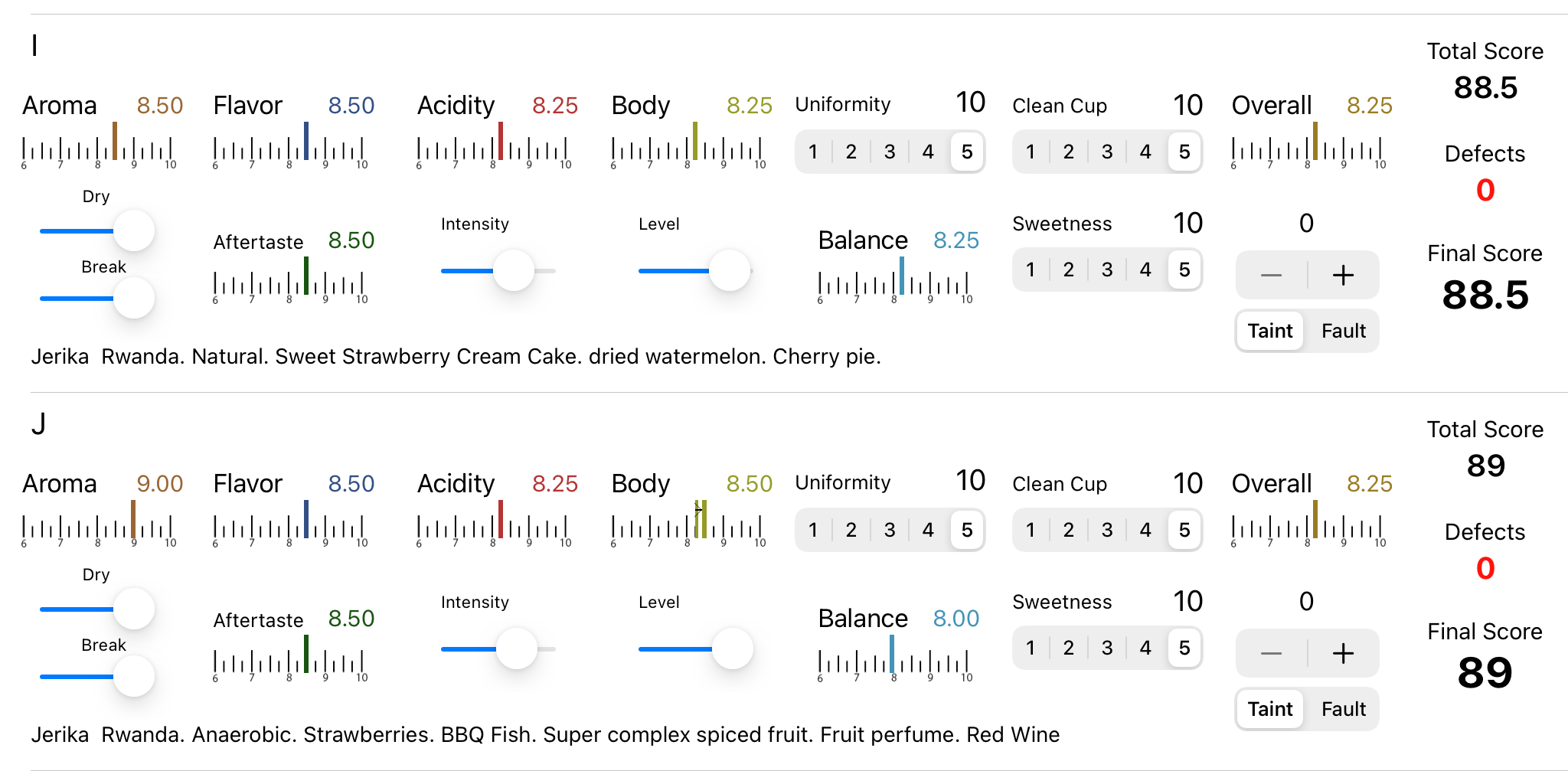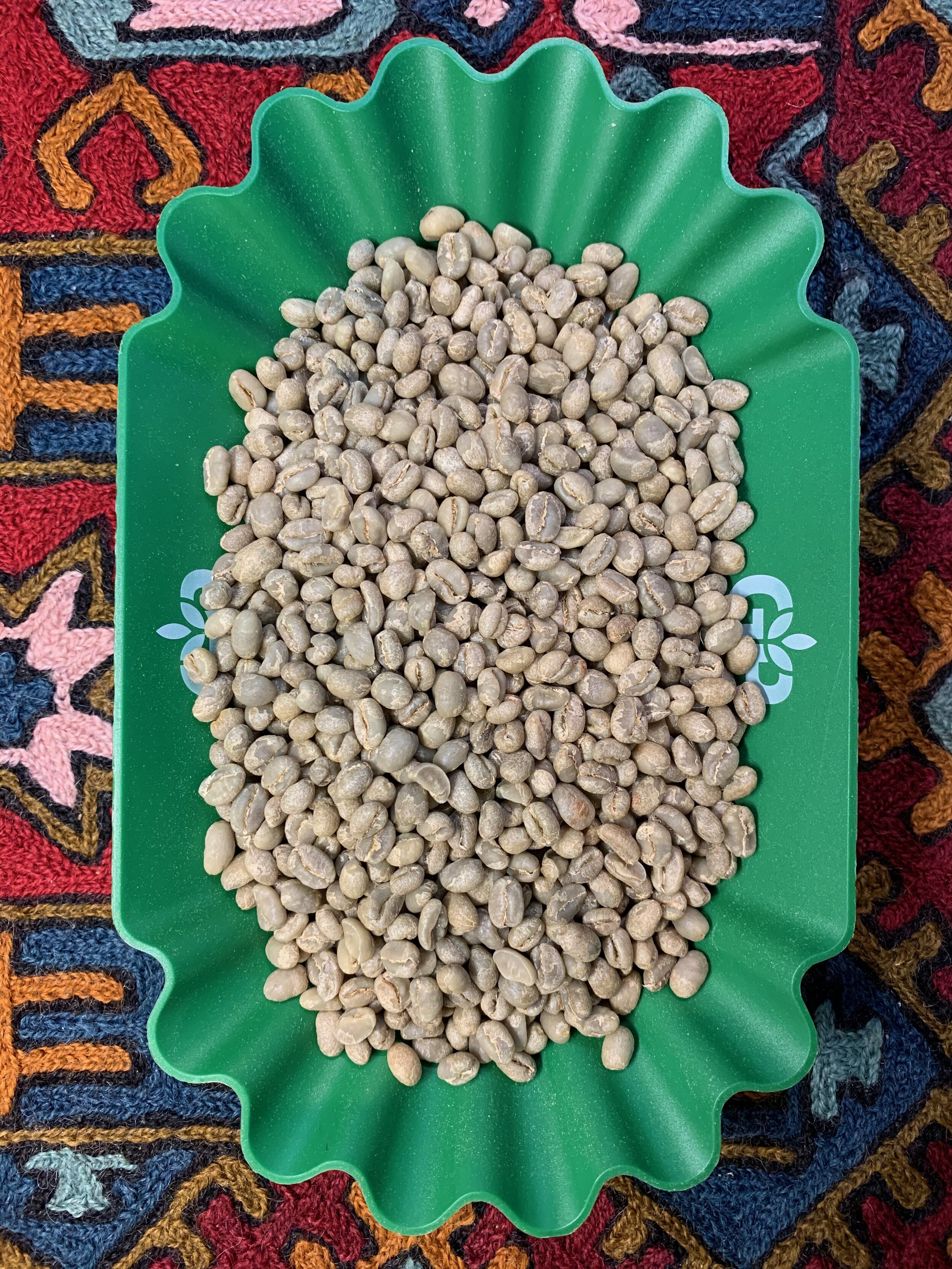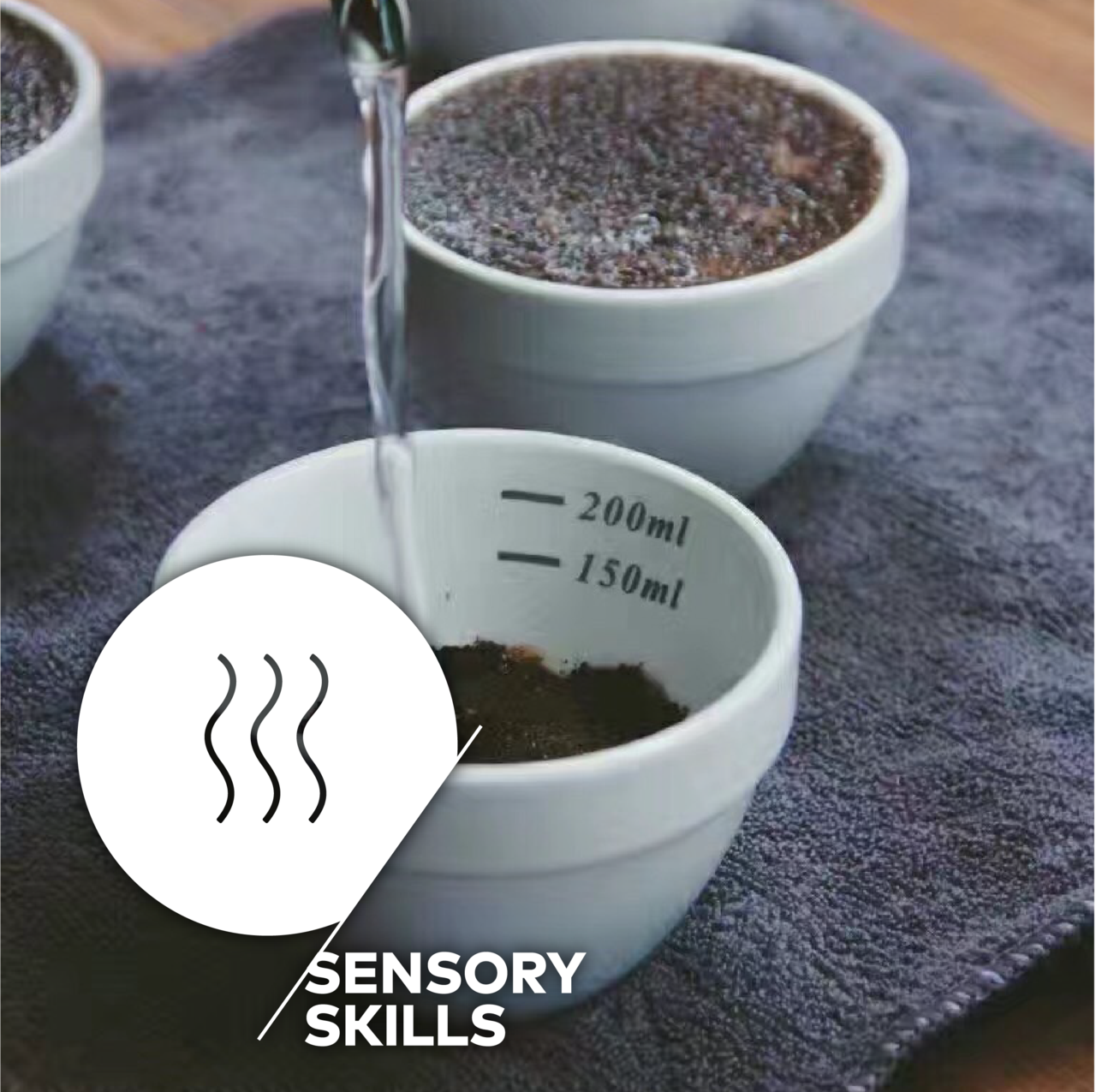A rough copy of the script follows
Francis: So Adam, tell me more about yourself who you are and where you're from. What led you to this?
Adam: Okay, who am I and what was my journey? Well you know I just turned 40, so I'm an old man now. I'm not gonna tell 40 years worth of stories but as I mentioned I grew up in a small town on a farm in Michigan. Do you know what Adam means? The name Adam comes from Hebrew and if anyone has heard the story of Adam and Eve from the Bible, it means man of earth. My father, being a farmer, said I want my first born son to represent what I do. You can also say dirt, like my name is Dirt. We’re gonna make it worth more than that though.
Because I grew up on a farm, agriculture and growing things is really important to me. I love that aspect of creation. Creating business and creating opportunities. These are some of the things that really excite me.
When I was in university, I visited a Costa Rican coffee farm. It was there picking coffee cherries by day and futbol by night. I was really slow picking coffee with these kids. It was their family farm and they could pick coffee really fast. You strap these baskets on your waist and you may have straps over your shoulder. You're harvesting these coffee cherries putting them into baskets and then make your way back down the hill dumping them into the pile. At the end of the day you gotta take the cherries up to the central market. And then you could have dinner and you play futbol. So that was something that kind of made me fall in love with coffee because I saw how close it is to a family on a farm. And you know it's the work of their hands. I never realized that about coffee when I was growing up.
After graduating I had the chance to go to China to teach English. After teaching English for a while, the Chinese were wonderful, the nation was developing. They wanted coffee, so I started a coffee roastery. I had no idea at the time what I was getting into and you can imagine thinking, “let's start a business in a foreign country!” I did speak Mandarin Chinese (a little bit) but not enough. And so we start roasting coffee and it sent me on this whole journey of learning and training and failures and successes and friendships all around this cup. That actually let you and I together to be able to meet.
Francis: Yes, yeah actually because I met Adam through coffee here. I think we both traveled from far away right. We traveled a long distance to get here. I came to the Portland area of Oregon from China (Adam) I moved from China to Portland. From Kenya, we both came from foreign countries landed here. And it's kind of strange here. Yes yes it is. It couldn't be a better place to land if you love coffee and if you appreciate coffee and if you want to learn more about coffee. Yeah I think this is the best place. So like you, I kind of started from my childhood growing up on a farm.
Adam: Could you walk us back? How did we meet in America and then walk us back to how you got here.
Francis: Meeting Adam was through business connections and I think of that first morning getting a cup of coffee. I think I was coming to sell some of my green coffees. You're a coffee salesman. I was coming to see my cousin Paul, so it was a good opportunity. And then we had a bit of a talk and then you ended up working there. And that's where we ended up building these connections. And then we started talking more and I came to know that you're one guy who knows about coffee. I'm a little bit knowledgable.
So my wife is from Newberg and my cousin Paul who is the head roaster. He's also married he's married to my wife’s cousin, so technically we are cousins by marriage. If we look at your family tree I get confused real quickly.
Adam: But you're married you got married here yeah. And and so I'm working backwards.
Francis: Yeah so I got married here and that is the journey that led me to to coffee. When I was dating my wife that's when I started to have Paul educate me about coffee. He started telling me about specialty coffee and the importance of it. And that's when I was like, okay there is something here.
Adam: You're from Kenya but aren’t all Kenyans coffee professionals? I mean you grow some of the best coffee in the world.
Francis: I’m learning about coffee in America. Yes and now that was the most interesting thing. I traveled all the way to come and learn about coffee yeah. And also the funniest thing is that I never wanted to do anything with coffee. Before I landed here coffee was the last thing on my mind. We don't drink coffee. Growing up in Kenya we never wanted to drink coffee. I remember my dad used to bring some coffee home. And you could see it in the cupboard. Nobody touched it because the only way we would brew it is to throw it in water and boil it and drink it. Why not have a good cup of black tea?
But with time we used to drink a little Nescafe crystallized coffee. Yeah yeah we used to call it crystallized because of the crystals. And so you have to say I'm bringing some crystallized coffee.We thought that was how coffee tasted because we never had an opportunity to drink a cup of coffee.
Adam: I'm sorry to interrupt you. It's so sad when I was harvesting some of the best Costa Rican coffee and I love Costa Rican coffee, the next morning we're eating breakfast and they would serve us instant coffee crystals. Here we were picking fresh coffee cherries the day before sending them to market. Who knows where they got sold and then we're drinking instant crystallized coffee for breakfast and it is so bad. It was so bad I don't even want to drink it. So I went outside and found some fresh bananas. I'd rather have the bananas than a bad cup of coffee. But you just thought it was normal.
Francis: What did we used to call it? I'm translating from my native language. We used to call fresh coffee that you would drink, the devils coffee. I have no idea where that came from. Let’s say are you drinking the day before and the next day you are drinking devils coffee. You're not drinking this Nescafe. Nescafe was fancy.
If you go to a restaurant and ask them for devils coffee, what are you talking about? So for us growing up in that environment I never wanted to get a coffee. I did not grow up with coffee but I knew how important coffee was for us. It was a large product, the biggest foreign exchange when I was growing up. Right now it's number 5 but it used to be number one.
With coffee going down from the eighties and farmers not being able to make it you could see the impact on the entire economy. You are not just talking about pockets because it's easy for people to get caught up in the small pockets. 30 percent of Kenyans depend on coffee and the coffee industry. 5,000,000 people so then 700,000 small scale farmers. Wow! Small scale farmers and farming so we are talking huge huge populations that depend on this. So when it started going down that's when you could feel the entire economy.
Adam: We want to talk a lot about Kenya coffee farmers and it's clear that that's important they impact the entire nation yes right yeah 30 percent of the people they are impacted by coffee but you were not even in a coffee family. Yeah I'm trying to jump back on your story here. You didn't even grow up in a coffee family, you just drank the beautiful crystals or drink devils coffee.
Francis: Yeah that's to keep me awake - the devil's cup is what we would drink. Thinking about it you need to be awake and you've been drinking so how do you combat? You've been drinking beer. I think that's really good that he got the name from it.
Adam: When I was in China they used to call us, especially the older generation, they would call the foreigners yangguizi which is foreign devil. So it would be cool if they called me the foreign devil coffee. Yangguizi kafei. So you were how old were you when you came to America?
Francis: So … continue in video…


































